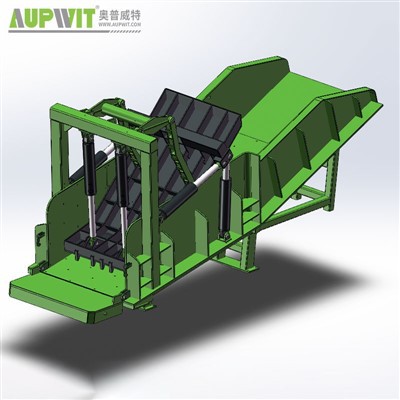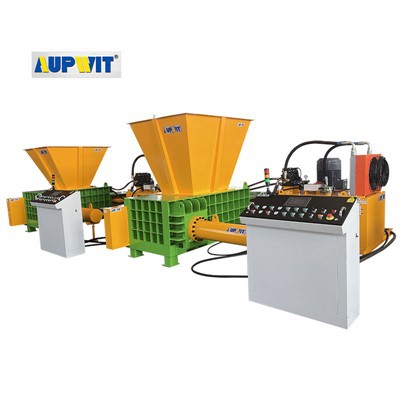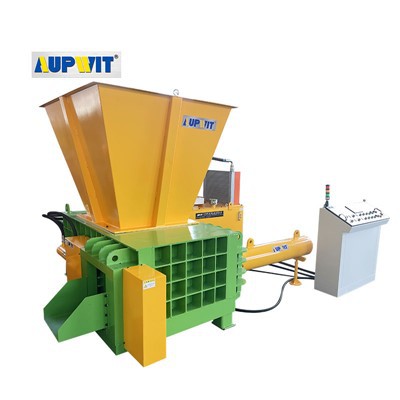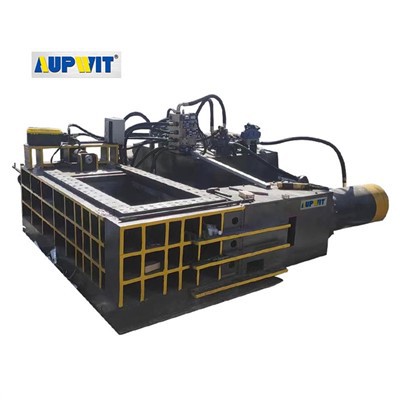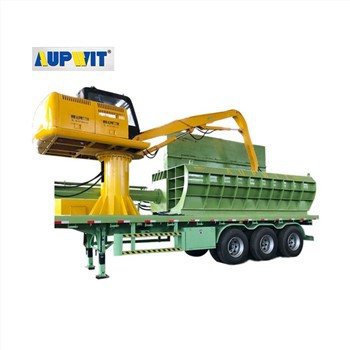The accuracy of sensors in automatic baler machines plays a critical role in ensuring consistent performance and reliable operation. These sensors, designed to monitor various operational parameters, maintain precision levels that balance functional needs with real-world working conditions. Their accuracy is determined by their ability to detect and transmit precise data about material presence, compression force, position, and machine status.
Environmental Factors
Several factors influence sensor accuracy in baler machines. Environmental conditions such as dust, vibration, and temperature fluctuations can interfere with sensor readings.
Dust accumulation on optical or proximity sensors, for example, may reduce their ability to detect material presence accurately. Vibrations from continuous compression cycles can affect the stability of mechanical sensors.
Calibration Importance
Sensor calibration is essential for sustaining accuracy. Regular calibration ensures that sensors remain aligned with operational requirements, adjusting for any drift in readings caused by wear or environmental factors.
This practice is particularly important for force sensors that regulate compression, as their accuracy directly impacts bale density and structural integrity.
Sensor Types
The type of sensor used also affects overall accuracy. Optical sensors provide precise detection of material edges but require clear lines of sight.
Pressure sensors monitor hydraulic forces with high sensitivity, while proximity sensors offer reliable position detection without physical contact.
Operational Impact
In practical operation, sensor accuracy is validated through consistent machine performance. Accurate sensors enable the baler to adjust compression cycles in real time, prevent jams, and ensure binding mechanisms activate at precise positions.
This reliability minimizes material waste and reduces downtime caused by misalignments or incorrect settings.
Key Accuracy Maintenance Practices
- Regular calibration every 500 operating hours or monthly
- Environmental controls for temperature and humidity
- Protective enclosures for sensitive components
- Vibration damping systems for mechanical sensors
- Regular cleaning schedules for optical sensors
- Diagnostic self-check capability implementation
- Redundancy for critical measurement points
- Continuous monitoring of sensor performance metrics
- Preventive maintenance based on operational hours
- Training for operators on sensor maintenance
By combining appropriate sensor selection, regular maintenance, and calibration, automatic baler machines maintain the accuracy needed for efficient and secure packing operations. This comprehensive approach ensures consistent performance and minimizes operational disruptions.


